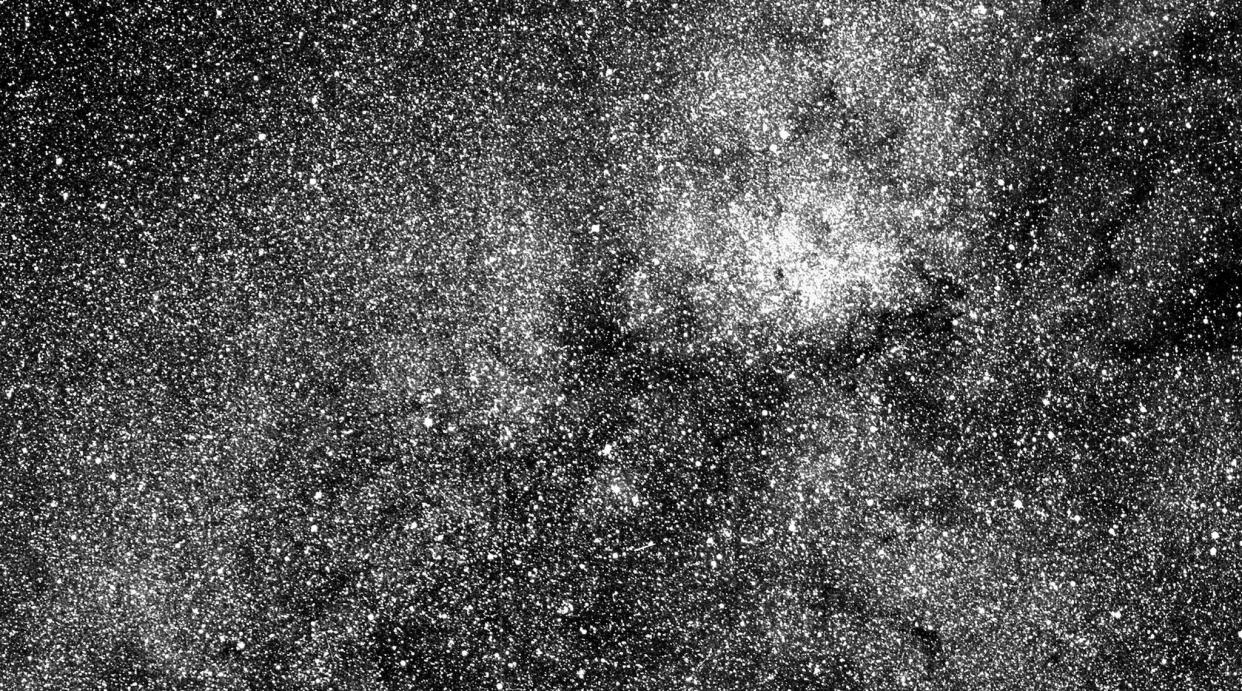Nasa reveals stunning first picture from planet-hunting satellite

Nasa's planet-hunting satellite has sent back its first image – a stunning, bright picture of the stars that surround us.
The spacecraft was launched last month with the aim of surveying the sky to find alien worlds. It is expected to find thousands of them over its initial two-year mission.
But first it has sent back an awe-inspiring picture of its view of space, packed with stars. The image shows is centred on the southern constellation Centaurus and shows more than 200,000 stars.
Any of those stars could have planets, and some will probably have words that could host alien life. It is by studying the light from those stars – watching for dips that suggest a planet has moved in front of them – that the TESS satellite will make its discoveries.
While it looks for those exoplanets, it will cover more than 400 times as much sky as shown in this image with its four cameras. And it will examine each of the stars in detail, looking for those signature dips and sending back data to scientists.
The first of the "science-quality" images will be sent back by the spacecraft in June. This first image was snapped as engineers began the camera commissioning process, calibrating the sensors to ensure they are ready for the scientific mission.
At the end of May, TESS will undergo another thruster boost that will send it into a wide orbit around Earth. That will allow it to maximise the amount of sky it can see, allowing it to monitor large parts of the observable universe at once.
It will begin its science work in mid-June, once it gets into that orbit and its sensors are calibrated.

 Yahoo News
Yahoo News 
